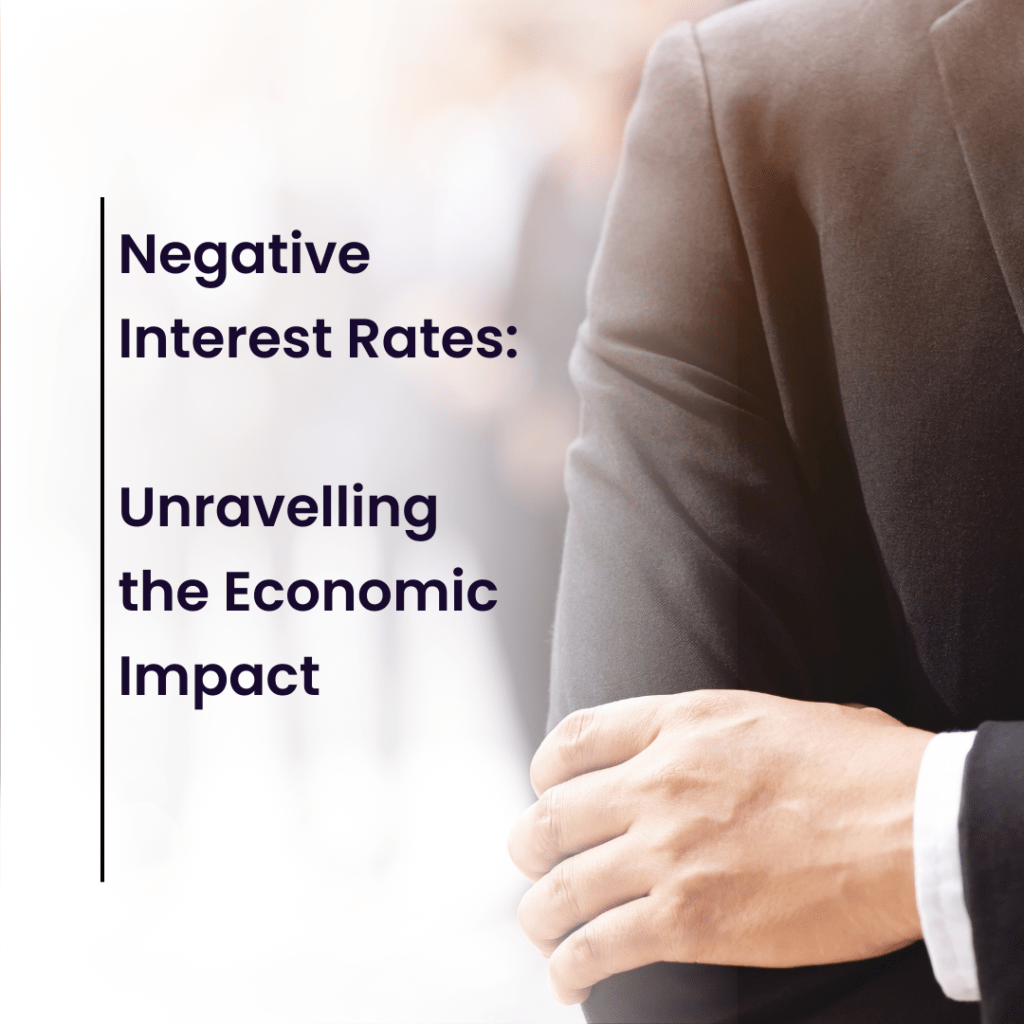Negative Interest Rates: Unraveling the Economic Impact for the Economy
What are Negative Interest Rates?
In the realm of monetary policy, negative interest rates have emerged as both a novel experiment and a polarizing force. While traditional economic theory suggests that interest rates should serve as a tool to stimulate borrowing and spending, the advent of negative rates has turned this notion on its head, sparking intense debate among policymakers and economists alike.
In recent years, several major economies, including those of Japan, the Eurozone, and Switzerland, have ventured into the uncharted territory of negative interest rates in a bid to stimulate economic growth and combat deflationary pressures. The premise is simple: by charging commercial banks for holding excess reserves, central banks aim to incentivize lending, discourage hoarding of cash, and, in theory, spur investment and consumption.
However, the real-world implications of negative interest rates have been far more nuanced and, at times, counterintuitive. While proponents argue that negative rates provide a powerful monetary stimulus, critics warn of unintended consequences and potential risks to financial stability.
One of the most notable impacts of negative interest rates has been their effect on banking profitability. With the traditional business model of banking predicated on the idea of earning interest on loans, the prospect of paying interest to park excess reserves at central banks has eroded banks’ net interest margins. In response, banks have been forced to pass on some of these costs to consumers, either by charging higher fees or by imposing negative interest rates on deposit accounts, thereby squeezing savers and pension funds.
Moreover, negative interest rates have distorted financial markets in unprecedented ways. In the bond market, for instance, investors have faced the peculiar scenario of paying governments for the privilege of lending them money, leading to distortions in bond yields and asset prices. Similarly, in the realm of corporate finance, companies have been incentivized to issue debt at historically low or even negative interest rates, potentially fueling speculative behavior and misallocation of capital.
Furthermore, negative interest rates have posed challenges for pension funds, insurance companies, and other institutional investors that rely on fixed-income investments to meet their long-term obligations. With yields on government bonds plummeting into negative territory, these investors have been forced to seek higher returns in riskier assets, potentially exposing them to greater volatility and liquidity risks.
Critics also argue that negative interest rates may have unintended consequences for income inequality and intergenerational equity. By penalizing savers and retirees who rely on fixed-income investments for income, negative rates exacerbate wealth disparities and erode the purchasing power of those on fixed incomes. Moreover, by artificially inflating asset prices, negative rates may widen the wealth gap between asset owners and non-owners, exacerbating social tensions.
Despite these concerns, advocates of negative interest rates contend that they remain a potent tool in the central bank’s arsenal, particularly in a low-growth, low-inflation environment. Moreover, proponents argue that negative rates can be complemented by other policy measures, such as fiscal stimulus and structural reforms, to achieve more balanced and sustainable economic outcomes.
As central banks grapple with the ongoing challenges of a post-pandemic recovery and the specter of persistently low inflation, the debate over the efficacy and consequences of negative interest rates is likely to endure. While the experiment with negative rates has yielded valuable insights into the workings of monetary policy, its ultimate legacy remains uncertain, underscoring the complexity and unpredictability of modern economic dynamics.
In the ever-evolving landscape of global finance, the saga of negative interest rates serves as a poignant reminder of the delicate balance between innovation and risk, and the enduring quest for economic stability and prosperity. As policymakers navigate the uncharted waters of monetary policy, the lessons learned from the era of negative rates will undoubtedly shape the future trajectory of economic policy and practice.

